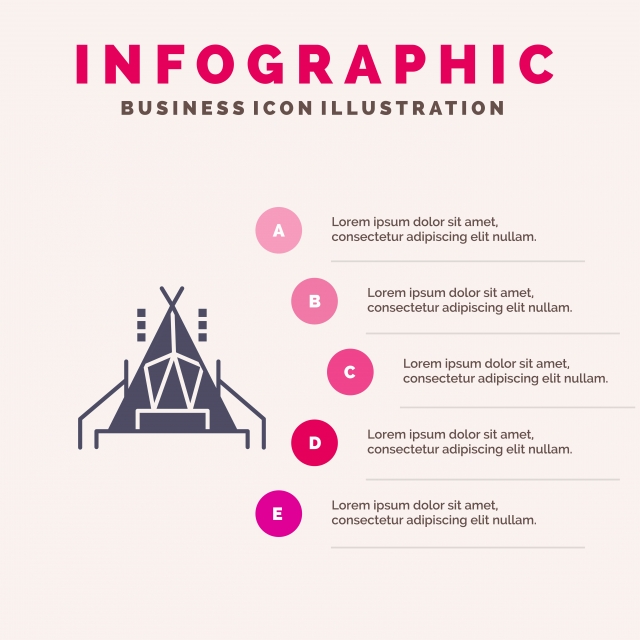The Grip Drawback is a simple and secure way to establish camping tent man lines. It's also a terrific method for backing out a stubborn outdoor tents secure. It can likewise be used to develop a flexible tarp guy line where the change is made at the tent/tarp end. It serves in high winds as it doesn't slide.
1. Bowline
Bowline is a knot that makes a loophole at one end of a rope. It's very easy to link and unknot, and it resists jamming quite well.
It's likewise a great knot to utilize for signing up with 2 lines together, although it's typically recommended that you make use of a different method (such as a sheet bend or square knot) for this purpose, to prevent having both separate bowlines use versus each other gradually and compromise the line.
One potential problem with bowlines is that they can quickly jam or bind if the working end is inaccurately gone through the bunny hole. Several crucial failures have been reported as a result of this, especially when used in climbing up applications. To aid prevent this from taking place, you can make a left-handed bowline by passing completion around the standing part of the loop rather than via it, as received the animation listed below. This variant supposedly does far better and stands up to ring tension (a distending force applied either side of the knot) much better than the basic bowline.
2. Hold Drawback
Using these gripping hitches to protect your guy lines aids you stay clear of the problem of your line jamming while readjusting or tightening them. They are also valuable when attaching a line to a things that is more challenging to reach than your standing end, such as a tree or large support object.
The Grasp Hitch is a friction knot that can be quickly changed up or down the line while slack yet holds firm under tons. It is useful for tensioning ridgelines or guy lines and for camping applications to protect tarpaulins or tents.
To tie the Hold Drawback, pass the functioning end around the standing component twice and put it under itself. To tighten, pull on the functioning end to produce a bight and after that utilize the bight to protect the knot to itself. For included safety, you can wrap the working end around the standing component three times to increase friction and avoid the hitch from sliding under load.
3. Midshipman's Hitch
Also referred to as the Taut Line Drawback (ABOK # 1856, p 310), Adjustable Hitch, or Rigger's Hitch this knot creates an adjustable loop at the end of a rope that can be slid up and down the standing end however still holds snugly when tightened. It is likewise easy to untie while under lots.
Ashley suggests this knot for a handbag tent person line due to the fact that unlike the bowline it can be connected while under lots and is much less vulnerable to turning. It also forms an intermediate Awning Drawback that can take the initial tons while tying the final Fifty percent Hitch
To utilize this knot cover the working end around a things such as a pole or cleat. Next pass it back towards the object with the initial Half Drawback developing a 2nd Awning Drawback. Finally coating tying the last Fifty percent Drawback and pull hard to dress and tighten up. For additional safety wrap a 2nd Midshipman's Hitch on top of the initial.
4. Adjustable Hold Hitch.
The Adjustable Grasp Drawback, also called the Crawley Adjustable Drawback and the Adjustable Loop Knot, is a friction drawback that can be conveniently shifted up or down a line with slack however holds firm under lots. It is commonly utilized for readjusting tent ridge lines or tarps around camp.
This slide-and-grip knot gives good hold and is less complicated to tie than the Tautline Hitch or Midshipman's Drawback, but should not be used for vital applications given that it may slip when shock packed. It can be enhanced by including additional starting turns to raise the "hold" and rubbing in unsafe products.
To link this friction hitch, pass the working end around the item, then wrap it back alongside itself and tuck the end under the second turn. Draw the working end to tighten up the knot.
